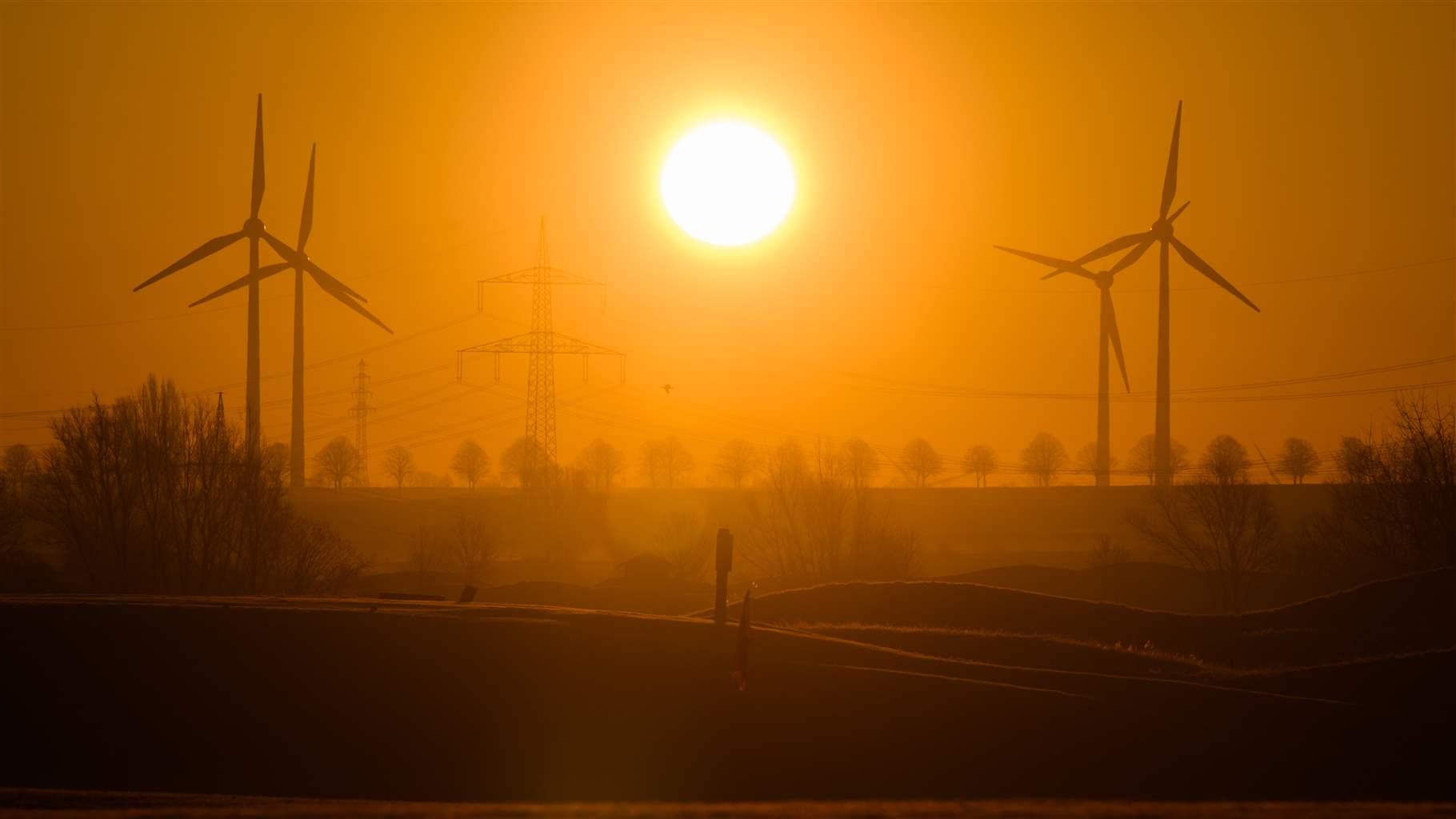Climate Mitigation Measures Require Increased Urgency on Implementation
U.N. report says widespread emissions cuts must augment nature-based solutions, renewable energy

There is a rapidly closing window of time for humans to act to meet the collective goal of limiting global warming to 1.5 degrees C (2.7 F), according to the third report in a series released by the United Nations Intergovernmental Panel on Climate Change (IPCC). In the past year, major IPCC reports have documented unequivocal evidence that human activities have warmed the planet, and that nearly half the world’s population is highly vulnerable to the impacts of climate change.
The third report, “Climate Change 2022: Mitigation of Climate Change,” highlights policy choices that must be made across our societies and economies in order for the world to meet the agreed-upon goal of limiting warming to a maximum of 1.5 C (2.7 F). Although the >3,675-page report highlights promising trends, it also notes that current national pledges remain insufficient to meet the target, and efforts to remove carbon dioxide will probably be necessary to meet this temperature goal. Given the timelines of IPCC assessment cycles, which have historically been six to eight years, this could be the final IPCC cycle before a 1.5 C temperature threshold is reached.
Promising trends
Recent developments in the energy sector—particularly the rapidly dropping costs of solar and wind energy and declining coal use—suggest that industrial and energy-sector greenhouse gas (GHG) emissions are not likely to grow in the coming decades. These developments have slowed the rate of growth of total GHG emissions on a global scale. Importantly, the report finds that renewable energy can play a larger role in reducing GHG emissions than was previously believed, and that obstacles to the deployment of renewables have now shifted from being technical and economic to political.
Looking forward, the report points out myriad options now available to mitigate current and future emissions in GHG-intensive sectors. As a result of extensive research and development over the past decades, today’s cost-effective options—such as electric vehicles, heat pumps, and building weatherization—can cut emissions by more than half by 2050. And although critical work and innovation remain necessary to decarbonize heavy industry and transportation, rapid decarbonization is possible using readily available technologies.
The report highlights that significant abatement of GHG emissions can come not only from technological innovation but also from the rollout of appropriately placed nature-based solutions. These options include protecting natural carbon sinks such as forests, wetlands, and peatlands, which provide a multitude of benefits to both nature and people in addition to their ability to sequester carbon. In many places around the world, reforestation projects, the restoration of degraded ecosystems, and agroforestry—symbiotically growing trees into crop and animal farmland—can help mitigate climate change. And improved farming practices such as regenerative agriculture can help improve the health of soil while sequestering carbon.
Ongoing challenges and considerations
Despite the report’s points of optimism, it outlines clear challenges for meeting future climate mitigation targets. To start with, pledges made by national governments to cut GHG emissions to date are not sufficient to limit warming to 1.5 C (2.7 F). As earlier IPCC reports have documented, this threshold is an important one: Warming above this level would probably result in irreversible impacts on nature and could exceed many communities’ capacity to adapt. To minimize the potential risks associated with climate change, the global community must increase its level of ambition to decarbonize, with a particular focus on buildings, industries, and transportation infrastructure.
Although the report lays out the policy and emission pathways needed to minimize the impacts of a warming world on people and nature, it highlights the need for net negative emissions—that is, for the total quantity of GHGs sequestered by natural and technological solutions to exceed the quantity of GHGs emitted through the burning of fossil fuels—around or before 2050. Although a substantial portion of this sequestration can occur through appropriately placed nature-based approaches, conservation, restoration, and improved agricultural practices cannot offset the scale of GHGs that will be emitted in the 2050s. As a result, meeting warming targets will probably require the rapid scale-up of carbon dioxide removal (CDR) technologies. Although this is an active area of research and development, CDR technologies do not yet exist at scale, and the extent to which they might have negative impacts on people and nature remains unclear. One method of CDR included in IPCC scenarios, bioenergy with carbon capture and storage (BECCS), could require land area some five times the size of Texas to meet sequestration goals. If implemented at this scale, BECCS would probably drive competition with other land uses such as food production. Clearly, additional research, testing, and evaluation are needed for this and other CDR approaches to be safely implemented at scale.
Moving forward
The optimism and challenges identified in the IPCC report stress several important themes for policymakers. First, there is an immediate need for ambitious mitigation of GHGs and a rapid and equitable transition to zero emission technologies. This is particularly true for infrastructure investments—including buildings, industry, and transportation—where investments in carbon-emitting technologies can lock countries into high emissions scenarios or costly decarbonization pathways for decades. Second, the report highlights the global community’s opportunity to use nature-based solutions to climate mitigation so long as these actions are taken alongside efforts to reduce emissions in other aspects of the economy. Although conservation, restoration, and improved agricultural practices cannot meet the scale of mitigation and sequestration needed, these actions provide benefits for both people and nature, and can serve as a stopgap measure while GHG emissions are being reduced and technological CDR is solved and scaled.
The report finds that global carbon emissions need to peak by 2025 at the latest to meet warming targets. Although the time to act is quickly dwindling, the global community still has an opportunity to slash emissions and align development pathways consistent with the goals of the Paris Agreement and Sustainable Development Goals. And while “[nature-based] mitigation options, when sustainably implemented, can deliver large-scale GHG emission reductions and enhanced removals, [they] cannot fully compensate for delayed action in other sectors.” Although remarkable advancements in cost-effective solutions for emissions reductions have occurred across the economy in the last decade, the future state of the planet relies on emboldened political will to unlock the ambition needed to keep warming below 1.5 C (2.7F).
Courtney Durham is an officer with Pew’s international conservation unit, and Jim Palardy is a project director with Pew’s conservation science program.













